The 5 Best BDC Stocks to Buy Now
The best BDC stocks are a small but sky-high-yielding industry that effectively act as private equity for the common investor.
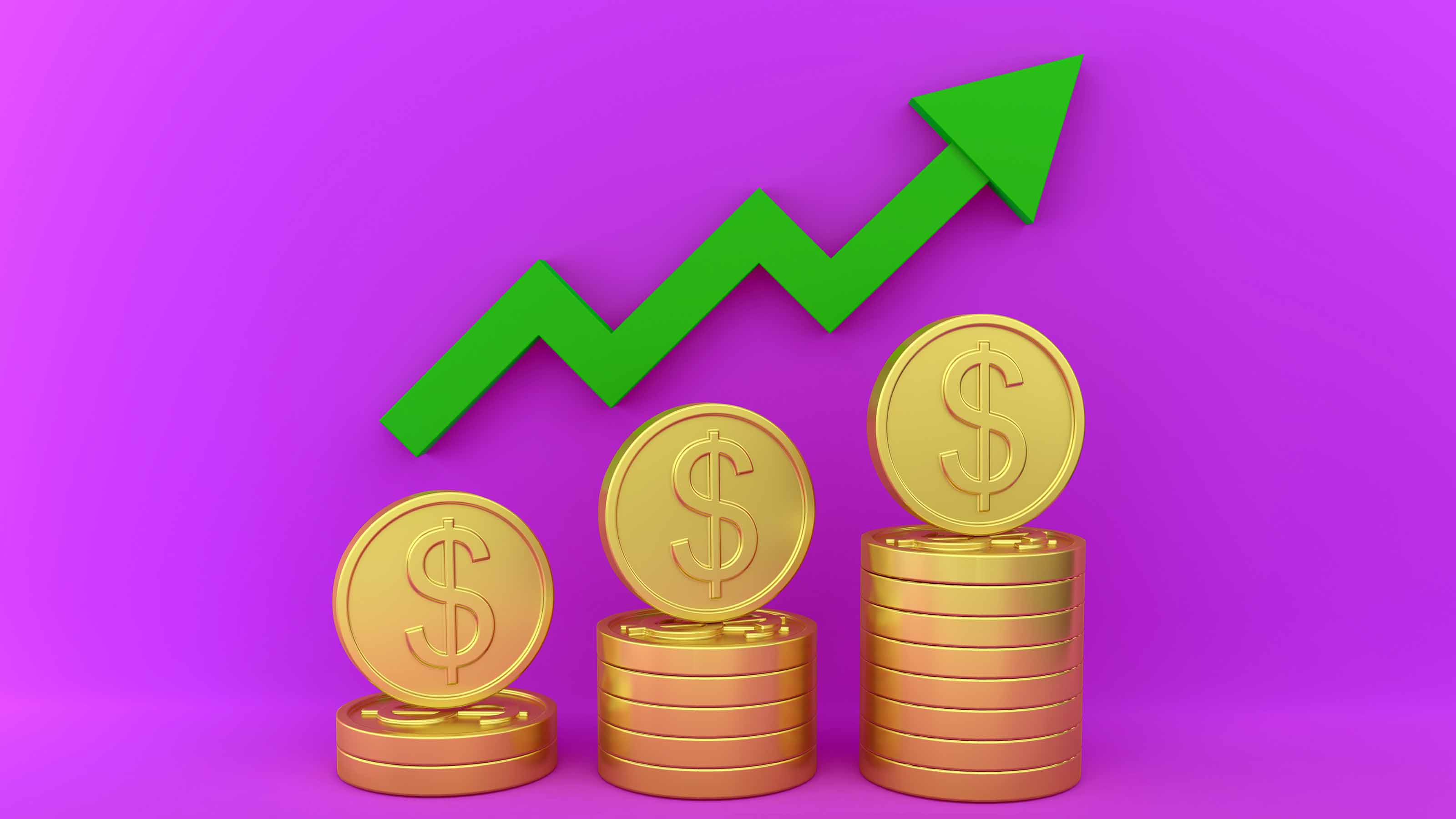

Dividends allow investors to realize consistent cash returns and avoid the need to sell stocks at inopportune times – and few areas of the market produce higher dividends than the best BDC stocks.
BDCs, or business development companies, are like private equity funds for the common investor, though they have some important differences.
Whereas private equity funds tend to be opaque, have long lockup periods and are restricted to high-net-worth and institutional investors, BDCs are publicly traded on the stock market, available to anyone with a brokerage account and are completely transparent.
BDCs make debt and equity investments primarily in "middle market" companies that are generally a little too big for bank financing but not quite big enough to go public via an initial public offering (IPO). They invest in the proverbial Main Street … or at least, this is as close to Main Street as Wall Street gets.
Like their cousins, real estate investment trusts (REITs), BDCs were created by Congress to encourage investment in the real economy, and both benefit from preferential tax treatment, paying no income tax at the corporate level so long as they pay out at least 90% of their net income as dividends.
This is why BDCs and REITs generally are some of the best dividend stocks for high yields. They're legally mandated to pay out nearly every red cent, and the absence of taxes makes more cash available to pay.
Data is as of June 18. Dividend yields are calculated by annualizing the most recent payout and dividing by the share price.

Main Street Capital
- Market value: $5.2 billion
- Dividend yield: 5.2%
If BDC stocks are the proverbial Main Street, then let's start with Main Street Capital (MAIN, $58.51).
Main Street is generally considered to be one of the best-managed BDCs in the space and a true blue-chip operator. What's more, it's a monthly dividend stock.
Main Street provides debt and equity financing to middle market companies that are too large for a bank loan but not quite large enough to execute an IPO.
The asset manager targets companies with annual revenue between $10 million and $150 million.
Remember: Business development companies are required to pay out at least 90% of their earnings as dividends. But BDC earnings can be cyclical.
So, whenever earnings take even a short-term hit, many BDCs are put in the unfortunate position of having to choose between funding the dividend with debt or cutting it.
Well, Main Street avoids that problem by keeping its regular dividend fairly modest and topping it off with special dividends, usually twice per year.
In particularly good years, the "bonus" special dividends might be a little fatter than usual, and in bad years they might get trimmed back.
At current prices, Main Street yields more than 5% based on its regular monthly dividend… a payout that it's hiked twice in the last year, by the way!
Main Street paid four supplemental dividends of 30 cents per share in 2024 and another in March. It has also declared similar supplementals for payment in June.
These extra payouts combine to boost Main Street's regular dividend yield for a total payout over the trailing 12 months that's closer to 7%.

Blue Owl Capital
- Market value: $7.5 billion
- Dividend yield: 10.2%
Blue Owl Capital (OBDC, $14.58) is a relative newcomer among BDC stocks, having started trading in 2019.
The company, which was previously called Owl Rock Capital and traded under the ticker "ORCC," survived and thrived during those chaotic first years and continues to deliver a steady stream of dividends to its investors that adds up to a greater than 10% yield at current levels.
Like many of the BDCs covered here, Blue Owl follows a sensible policy of keeping its regular quarterly dividend comparatively modest and topping it up with special dividends as cash flows allow.
During recent quarters, the company has paid out an additional 19 cents per share in special dividends, adding about 1% more in additional yield based on current levels.
Also like most BDCs, Blue Owl Capital tends to focus on middle market companies. Its typical portfolio company boasts annual EBITDA (earnings before interest, taxes, depreciation and amortization) from $10 million to $250 million.
Meanwhile, 77% of its portfolio consists of first-lien loans, with another 5% in second-lien loans. Fully 97% of its debt investments are floating rate.
The BDC is also very well diversified. Its top 10 positions account for roughly a fifth of its total portfolio. Software is its largest industry exposure, at 11% of the portfolio, followed by insurance and health care at 8% each.

TriplePoint Venture Growth BDC
- Market value: $270.8 million
- Dividend yield: 17.8%
TriplePoint Venture Growth BDC Corp (TPVG, $6.73) is the smallest of the BDC stocks featured here, with a market cap of just $271 million.
You should consider TPVG to be more speculative. Still, its 17.8% dividend yield and emphasis on growth make the BDC worthy of consideration.
TriplePoint provides debt and equity financing to venture growth-stage companies in technology and other high-growth industries.
By the time a company is on TriplePoint's radar, it will generally have at least $20 million in revenues, a commanding market position, and is preparing for a liquidity event like an IPO.
And this isn't hypothetical. Its past successes have included household names like YouTube, Facebook, Square, Beyond Meat (BYND) and Chegg (CHGG).
Meanwhile, 85% of TriplePoint's portfolio is invested in debt instruments, and of this figure, 63% are in floating-rate instruments.
TPGV pays a strong and growing regular dividend. But it also tops up this regular payout with special dividends when it has excess liquidity.

Ares Capital
- Market value: $14.9 billion
- Dividend yield: 8.9%
Ares Capital (ARCC, $21.51) is the world's largest BDC by market capitalization, with a value of $15 billion.
It also happens to be one of the most conservatively allocated; as of March 31, 59% of its portfolio was invested in first-lien loans, with another 6% in second-lien loans. Only 20% or so is allocated to equity.
In other words, when push comes to shove, Ares is generally first in line to get paid, or awfully close to it.
ARCC is also very well diversified by sector. Software makes up 24% of the portfolio, with health care and professional services making up 13% and 10%, respectively. No other sector accounts for more than 7%.
Ares Capital has been aggressively raising its regular quarterly dividend since 2021, hiking it by 20% since June of that year. And ARCC has also been known to supplement its payouts with special dividends.
The company's juicy 8.9% yield is excellent for one of Wall Street's best BDC stocks, especially one with such a conservative profile.
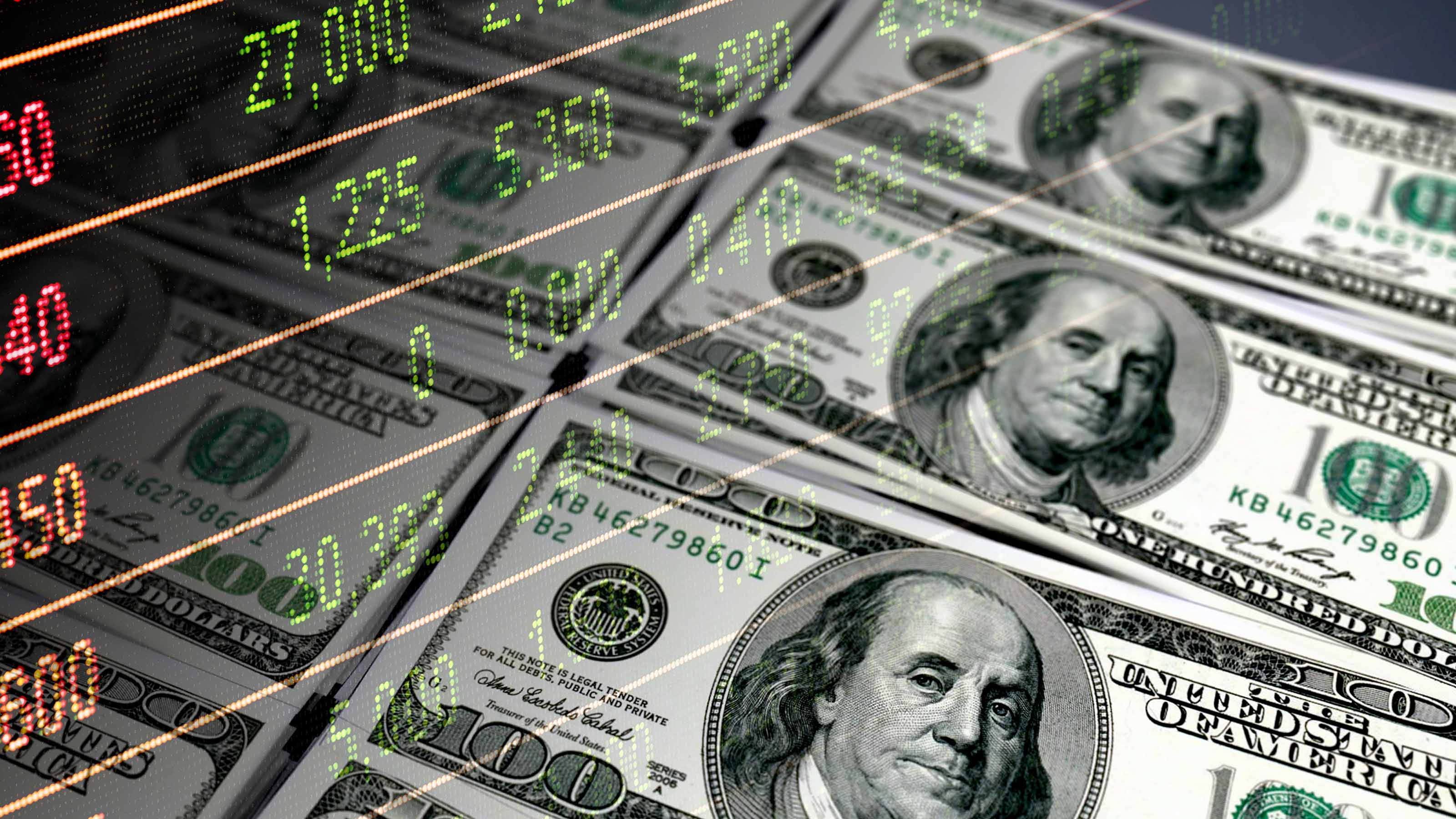
Hercules Capital
- Market value: $3.2 billion
- Dividend yield: 10.4%
For a different, slightly more aggressive take on BDC stocks, consider Hercules Capital (HTGC, $18.02).
BDCs can generally be thought of as publicly traded private equity companies. Hercules is different, however. It operates more like a venture capital firm.
This might sound like a distinction without a difference, and the two terms often get lumped together, but private equity and venture capital are very different asset classes.
Private equity covers primarily established companies with relatively long track records. Venture capital tends to be the domain of startups.
Of course, focusing on newer companies is potentially a lot more exciting (and lucrative). But it's also generally going to be riskier than private equity.
Hercules Capital is the largest BDC in the world that is focused primarily on venture lending.
And, as you might expect in this space, its biggest focuses are in technology, health care, software as a service and renewable energy.
Nearly all of HTGC's portfolio is invested in debt investments, and the vast majority of those debt investments are floating-rate instruments.
Like most of the other BDC stocks featured here, Hercules keeps its quarterly dividend relatively conservative and tops it up with supplemental dividends as cash flows allows.
Related content
Profit and prosper with the best of Kiplinger's advice on investing, taxes, retirement, personal finance and much more. Delivered daily. Enter your email in the box and click Sign Me Up.

Charles Lewis Sizemore, CFA is the Chief Investment Officer of Sizemore Capital Management LLC, a registered investment advisor based in Dallas, Texas, where he specializes in dividend-focused portfolios and in building alternative allocations with minimal correlation to the stock market.
-
 Ask the Editor, October 17: QCDs and Tax-Planning
Ask the Editor, October 17: QCDs and Tax-PlanningAsk the Editor In this week's Ask the Editor Q&A, Joy Taylor answers more questions about the use of qualified charitable distributions (QCDs) in end-of-year tax planning.
-
 You May Want To Think Twice Before Selling These Four Assets in Retirement
You May Want To Think Twice Before Selling These Four Assets in RetirementSitting on little gold mines? It's natural to want to cash out when you retire. Here’s why you may not want to.
-
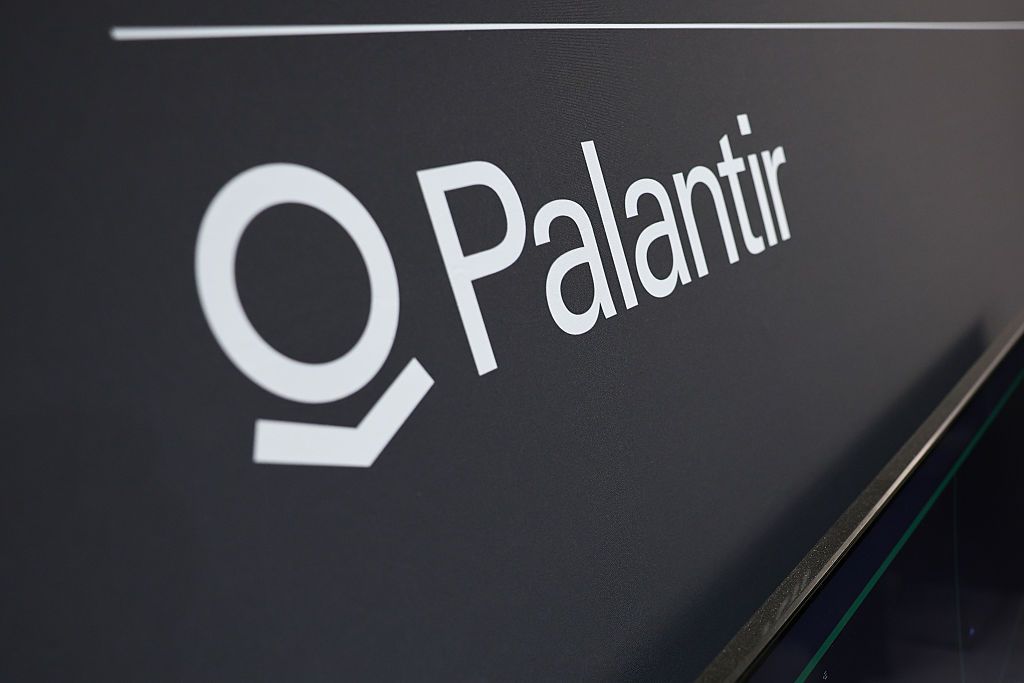 I Bought Palantir When It Was Trading at $8. Now It's $180 and I've Made $1 Million. What Do I Do?
I Bought Palantir When It Was Trading at $8. Now It's $180 and I've Made $1 Million. What Do I Do?What do you do with all that appreciated Palantir stock? We asked a financial expert for advice.
-
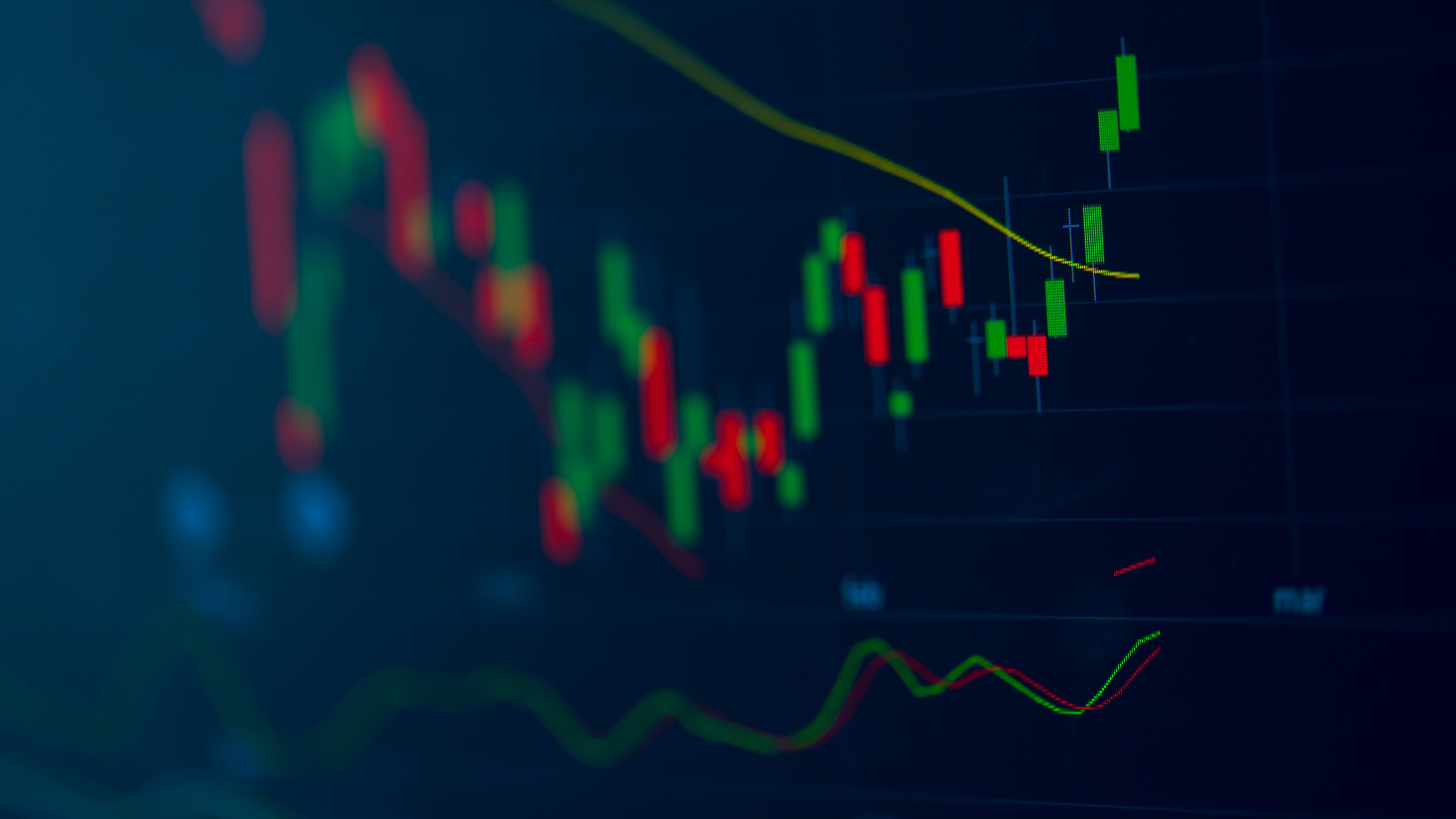 Treat Home Equity Like Other Investments in Your Retirement Plan: Look at Its Track Record
Treat Home Equity Like Other Investments in Your Retirement Plan: Look at Its Track RecordHomeowners who are considering using home equity in their retirement plan can analyze it like they do their other investments. Here's how.
-
 Why Does It Take Insurers So Darn Long to Pay Claims? An Insurance Expert Explains
Why Does It Take Insurers So Darn Long to Pay Claims? An Insurance Expert ExplainsThe process of verification, investigation and cost assessment after a loss is complex and goes beyond simply cutting a check.
-
 Two Reasons to Consider Deferred Compensation in the Wake of the OBBB, From a Financial Planner
Two Reasons to Consider Deferred Compensation in the Wake of the OBBB, From a Financial PlannerDeferred compensation plans let you potentially lower your current taxes and help to keep you out of a higher tax bracket. It's important to consider the risks.
-
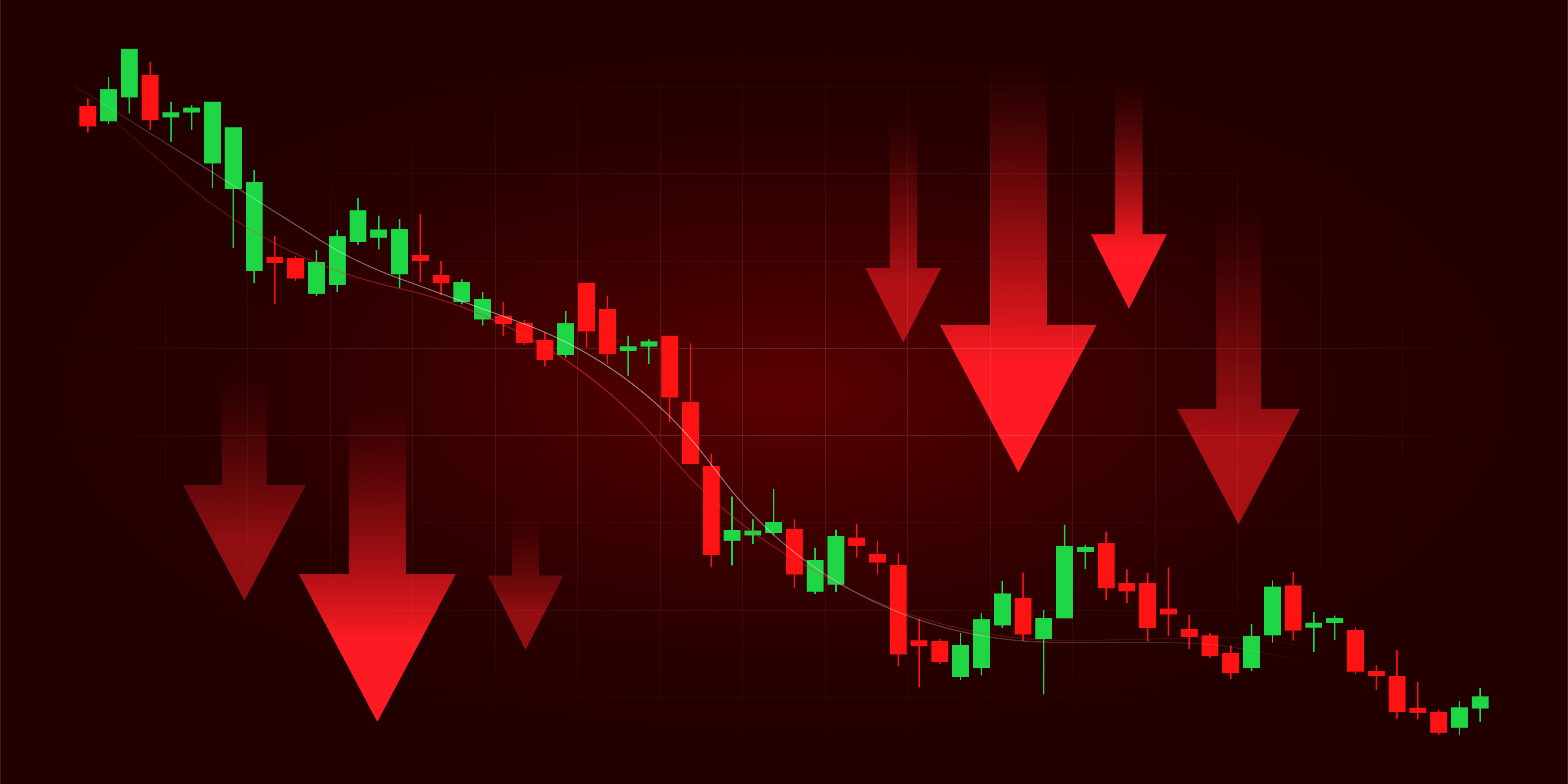 Dow Sinks 301 Points on Trade War Talk: Stock Market Today
Dow Sinks 301 Points on Trade War Talk: Stock Market TodayThe contentious relationship between the world's two biggest economies continues to drive global financial markets.
-
 The Best Gold Mutual Funds to Buy Right Now — And When to Choose An ETF Instead
The Best Gold Mutual Funds to Buy Right Now — And When to Choose An ETF InsteadGold mutual funds offer investors exposure to the yellow precious metal, which has been red-hot this year. But a caveat is required.
-
 Financial Fact vs Fiction: The Truth About Social Security Entitlement (and Reverse Mortgages' Bad Rap)
Financial Fact vs Fiction: The Truth About Social Security Entitlement (and Reverse Mortgages' Bad Rap)Despite the 'entitlement' moniker, Social Security and Medicare are both benefits that workers earn. And reverse mortgages can be a strategic tool for certain people. Plus, we're setting the record straight on three other myths.
-
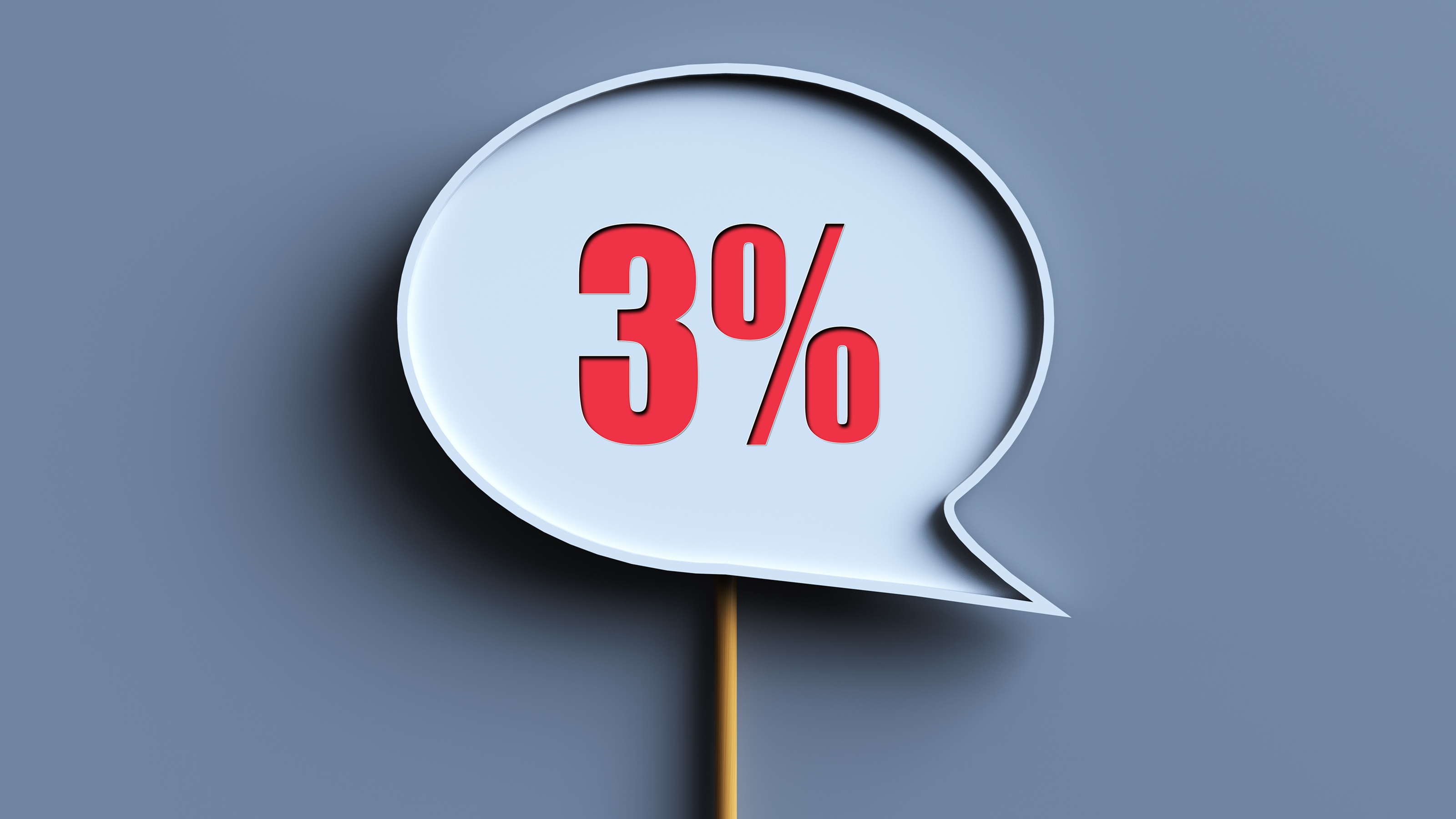 The End of 2%? An Investment Adviser's Case for Why the Fed Should Raise Its Inflation Target
The End of 2%? An Investment Adviser's Case for Why the Fed Should Raise Its Inflation TargetYes, inflation can be tough on those living on fixed incomes, but protecting us from it too strictly could do our overall economy more harm than good.
